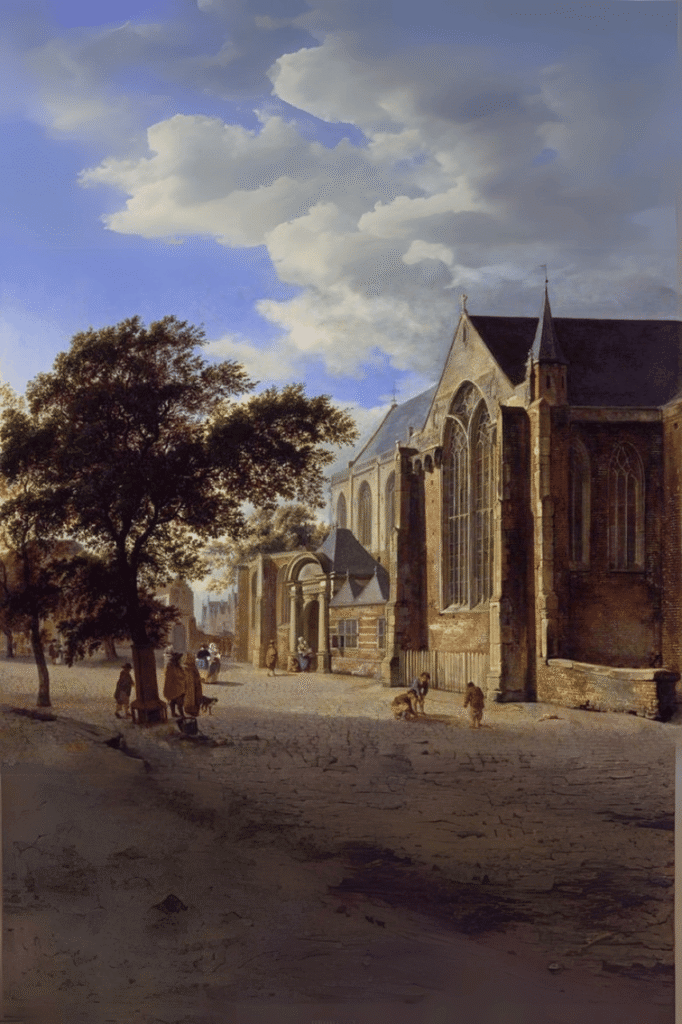Belgic Confession
- Home
- Reformed Resources
- Belgic Confession
Revised in the National Synod, held at Dordrecht, in the years 1618 and 1619.
This is historically the first of our "Three Forms of Unity" (Heidelberg Catechism, Belgic Confession of Faith, and the Canons of Dordt), having been composed in 1561. It is often called the Belgic Confession because it was written in the southern Lowlands, now known as Belgium. Its chief author was Guido de Bres, on of the several itinerant preachers during those days of persecution, who died a martyr's death.
Under Philip II, of Spain, an ally of the Romish Church, the Reformed believers in the Lowlands were sorely persecuted as revolutionaries. This Confession was written primarily as a testimony to the Spanish king to prove that the Reformed believers were not rebels, as was charged, but law-abiding citizens who professed only those doctrines which were the teachings of Holy Scripture. In 1562 a copy was sent to the Spanish king, accompanied by a petition for relief from persecution, in which the petitioners declared that they were ready to obey the government in all lawful things, although they would "offer their backs to stripes, their tongues to knives, their mouths to gags, and their whole bodies to fire," rather than deny the truth of God's Word.


